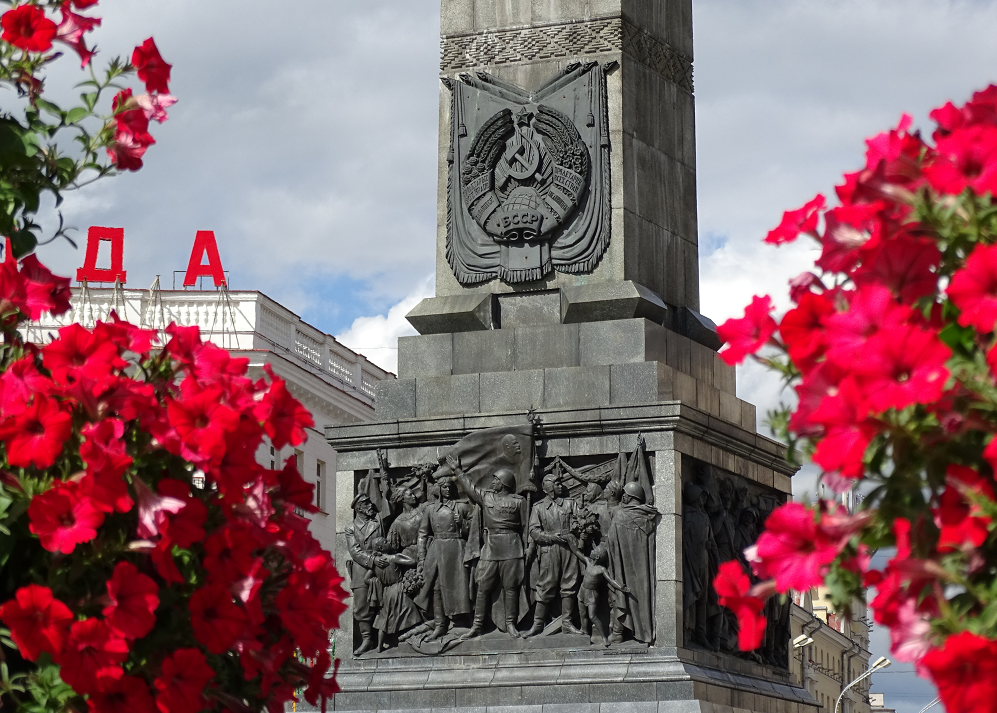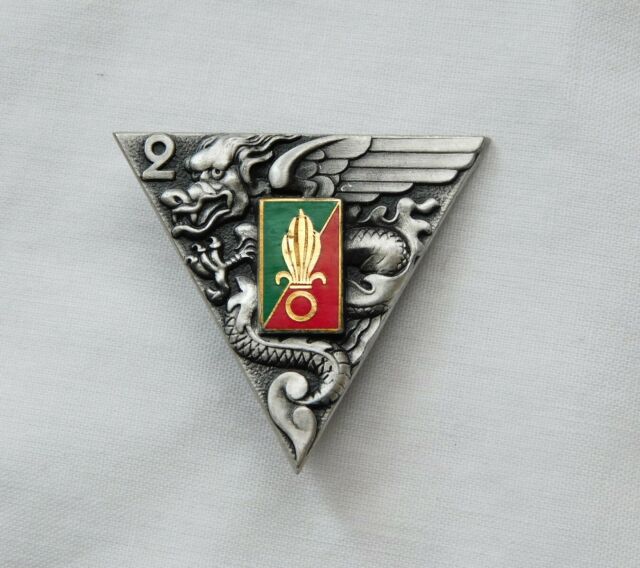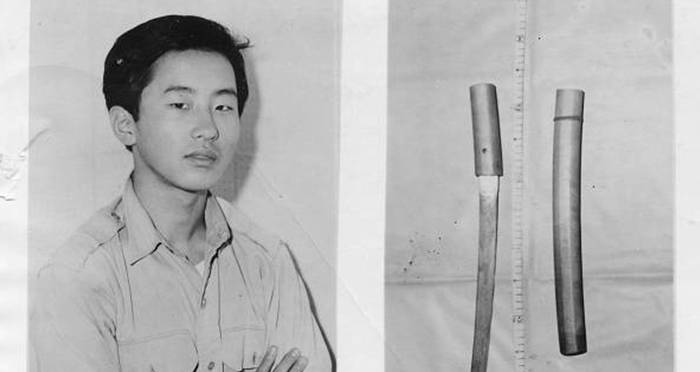I dunno if you’ve heard of WW2, but it was a pretty big deal back in the day. Quite a few people died and it changed the face of the world as we know it. A bit of a shit time really, though you could be forgiven for downplaying it when you’ve probably killed several infantry divisions of Nazis in video games over the years, while seeing far more slaughtered by badass action heroes to a blaring orchestra.
Of course there’s the other side of things too. The camps. The indescribable suffering and human misery that may well have no parallel in history. But it’s very often the case that these are seen as separate things. There was the war and there was the Holocaust. The war is where Private Ryan got saved, the Holocaust is where you cried at Schindler’s List. Of course we know the war itself was savage and brutal, but if you just look at the western front, you’re really missing how much the war and the genocide were one and the same thing.
Most Hollywood movies only want to glorify the rugged Americans, the daring Brits and the scrappy French resistance while ignoring the staggering costs inflicted in the east. Over the course of the war, both in Europe and in the pacific, America lost a brutal 407,000 dead. The British empire and its territories lost 580,000 to the war. Meanwhile, the Soviet Union lost a staggering 10.6 million to the tide of fascism… And that’s just in military terms! A further 15 million civilians were lost! And while the topic of the whole of the Soviet Union’s casualties would be much, much too large for one article, I figure we can at least take a look at WW2 in Belarus.
Why Belarus?
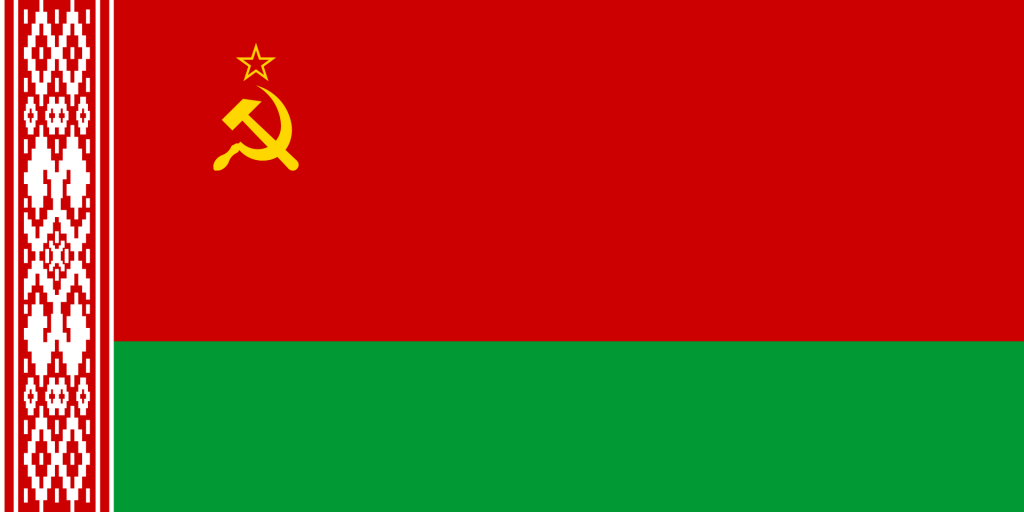
Okay, so the first question is pretty obvious. Why exactly is Belarus significant? Why not Russia, since that was the main part of the USSR? Why not Ukraine, given it was larger? Well, Belarus saw the worst the war had to offer. While the USSR as a whole lost a truly staggering 13.7% of its pre-war population to the war, Belarus on its own lost an estimated 25.3% of its population. (According to historian Vadim Erlikman) That’s 2.29 million out of an initial 9.05 million. Some estimates claim the losses to be even larger, but given the chaos and confusion, it’s hard to say for sure.
What’s more is that WW2 in Belarus arguably suffered the worst of Nazi occupation as opposed to just bloody warfare. It was seized in its entirety by the summer of 1941 and only retaken in the summer of 1944. Its experience could be seen as a demonstration of what fate awaited the entire Soviet Union had it failed to beat back the fascist hordes. This also means we’ll get to talk about much more than dry discussions of military statistics and the names of battles you’ll probably never remember.
Anyway. Let’s get right into things. We’re going to go year by year and tackle a few sub-topics along the way. Strap in, this’ll be a long one.
WW2 in Belarus: 1941
In the summer of 1941, Germany invaded an unprepared USSR and within a matter of just a few weeks, Belarus was entirely overtaken by the Nazis. Hundreds of thousands of Red Army troops were captured or killed in these early days, with the vast majority of those captured not surviving the war. Almost immediately, the bulk of the Nazi army kept right on going through Belarus, leaving an occupation force to enforce Nazi policy and mop up resistance. This is where things really get bad.
Einsatzgruppen
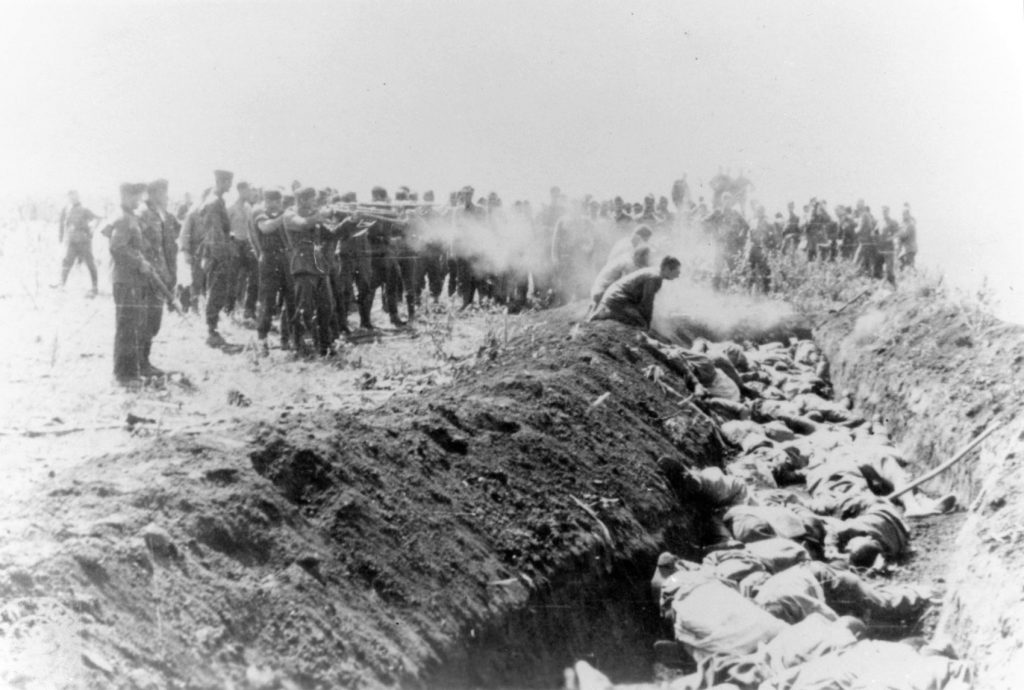
On the 28th of June, Minsk was captured. On the 3rd of July, 2000 Jews were marched into the forest and massacred. While the army continued onwards, the perpetrators of this first act of genocide were the Einsatzgruppen. So, who the fuck are the Einsatzgruppen? Well, given how the war in the east was so brutal and train lines were needed for transporting troops, it wasn’t really feasible to start shipping people to death camps back in Poland and Germany. The Einsatzgruppen enacted the functions of a death camp without the camp. That is to say, they slaughtered civilians as their sole function while the army fought off the Soviet military.
Now, important caveat to make because a lot of WW2-Germany apologists bring this up. No, the Einsatzgruppen existing does not mean that Wehrmacht and other parts of the German army weren’t also responsible for genocide. Remember, the Einsatzgruppen could only be there at all if the army got them there. Plus, it wasn’t exactly hard to notice what was happening. Wehrmacht were present aiding these death squads and did a fair bit of massacring themselves. Soviet commissar’s for instance were executed immediately due to their ideological role, contravening the international laws respecting POW’s. Not that non-commissar’s got treated much better…
Anyway, I’m getting ahead of myself. The Einsatzgruppen! Like I said, the primary goal was to round up innocent men, women and children and gun them down at the edge of mass graves. What may surprise you is that this practice wasn’t the primary one far too long. Because, get this, it was really stressful and upsetting to those poor SS officers. Yeah, for real. Heinrich Himmler, chief of the SS cult visited Minsk in August of 1941 and witnessed the mass shooting of innocent people, remarking that this had to change because it was causing stress on his men. This led to the gradual phasing out of this initial ‘holocaust of bullets’ to be replaced more prominently with poison gas.
The primary method of gassing from 1942 on was ‘gas vans’, which had previously been used to secretly exterminate the disabled while appearing to bring them to hospital. This was mostly used on women and children, while under orders from another chief Nazi asshole Reinhard Heydrich, all Jewish men from 15 to 45 were to be assumed as partisans and shot on sight. When the majority of Jews and other minorities had been killed, the Einsatzgruppen focus shifted towards fighting partisans throughout WW2 in Belarus as a kind of rear-guard.
Reichskommissariat Ostland
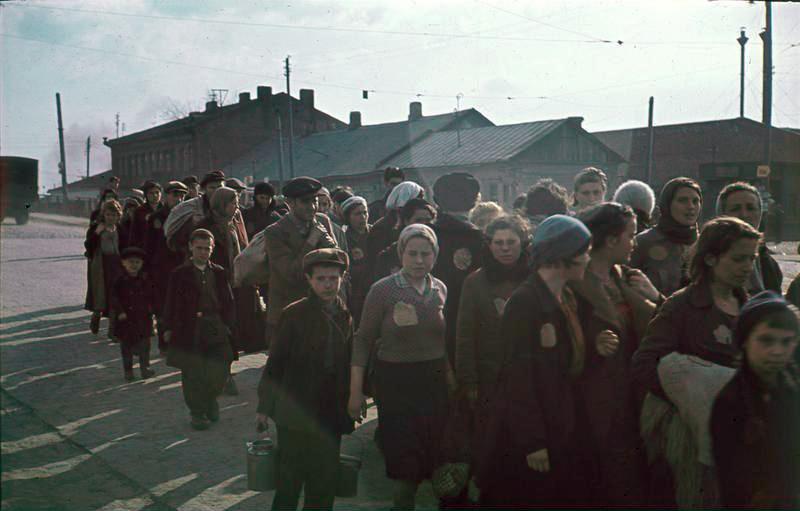
So with the Nazis occupying what was then the Byelorussian Soviet Socialist Republic, it obviously couldn’t keep being called that. It was effectively annexed, but it was a separate region to the rest of the ‘Reich’ as it were. So it was that on the 17th of July, 1941, the Reichskommissariat Ostland was officially established. This encompassed both Belarus and the Baltic states of Latvia, Lithuania and Estonia, much to the chagrin of even many pro-Nazis in that region. Its ‘civilian’ leadership was largely subordinate to the SS, who frequently frustrated tentative plans to build local support for the Nazi occupation. The genocide was, after all, the main goal.
The primary aim of the Reichskommissariat Ostland was not to subsume the people of Belarus into Germany, but rather to exterminate the people of the territory and flood it with German settlers as a form of population replacement. As outlined in the Nazi ‘Generalplan Ost’, approximately 75% of Belarusians were to be exterminated outright while the remainder were to be sent to Germany as slave labour. Indeed, historian Timothy Snyder estimated that by the end of the war, an entire half of the country was either dead or had been deported by the Nazis for slave labour. Of course for Jews, Romani and other such groups, the urge for extermination outweighed the need for labour.
Much of the region was also to be ‘Germanified’. This meant the renaming of locations and the destruction of local language and culture. Even Minsk, the capital of Belarus was to be razed to the ground and rebuilt as the city of ‘Asgard’ in accordance with the wishes of local leader Wilhelm Kube. To expediate the killing of the local population, the ‘small’ concentration camp of Maly Trostenets was established just outside of Minsk. It lacked gas chamber facilities, but the extermination process was primarily carried out through Einsatzgruppen bullets and mobile gas vans. To keep the target population close, a large chunk of Minsk was turned into a ghetto.
The Minsk ghetto was the largest in the USSR under Nazi occupation. Prior to the invasion, Minsk was a city with a very large number of Jewish citizens, 53,700 (41%) of the population in the 1926 census. They were forced into this cramped territory along with around 30,000 more Jewish people from surrounding villages where they were made to work as slave labourers. With the exception of several thousand who escaped to join the partisans, only a very small number was able to survive to the end of WW2 in Belarus.
WW2 in Belarus: 1942
Towards the end of 1941, WW2 in Belarus had largely passed and what remained was ‘peacetime’ under Nazi control. In October, the ‘Severity Order’ saw a harshening of Nazi attitudes towards Jews, communists and generally the rest of the population of the occupied territories. Brutality continued to escalate while the Nazis organized the deportation and enslavement of hundreds of thousands. Meanwhile, lines of loyalty were being drawn among those left. To remain an idle civilian was risking almost certain death. So what could one do?
Partisans
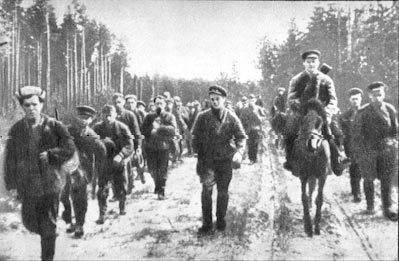
In 1941, the partisans in Belarus were primarily cut-off Red Army soldiers who, suddenly without commands, were left to organically develop a network of guerrilla resistance which they weren’t trained for. The result was initially disastrous, with partisans being fairly inefficient and brutally slaughtered by the occupying Nazi forces. Despite this, the partisan forces rapidly grew, particularly in underground cells organized by communist authorities which numbered 2000 detachments of up to 90,000 personnel across the whole of occupied territory by the end of 1941, much of them in Belarus.. By May of 1942, the Central Headquarters of the Partisan Movement was established and activities became more frequent and effective.
Belarus became a particularly important front for partisan activity, helped a lot by the terrain being heavily forested and with a population that was comparatively more supportive of the Soviet authorities than, say, Ukraine. As partisan activities grew, Nazi reprisals followed, which further pushed citizens into the arms of the partisans. One could even argue that the Nazis fucked themselves by refusing to win the hearts and minds of locals which may have aided their military campaign. Though really, such an argument has no basis in reality. The whole point of being there was to commit genocide. Everyone was aware of this and Nazis put great efforts in instilling genocidal doctrines in their soldiers.
Between February and September of 1942, a successful Red Army offensive created the ‘Vitsyebsk gate’ in the fascist forces which connected Soviet controlled territory to Nazi controlled territory. In these few months, 200,000 refugees were able to escape while tons of munitions and equipment were funneled in to aid the partisans, further bolstering their effectiveness as a credible military force. WW2 in Belarus was beginning to swing back towards the Soviets, though for many civilians, it was hard to see that. After all, partisans may be able to strike from the forests and sabotage equipment, but there was no possible offensive to liberate the ghettoes and camps.
Collaborators
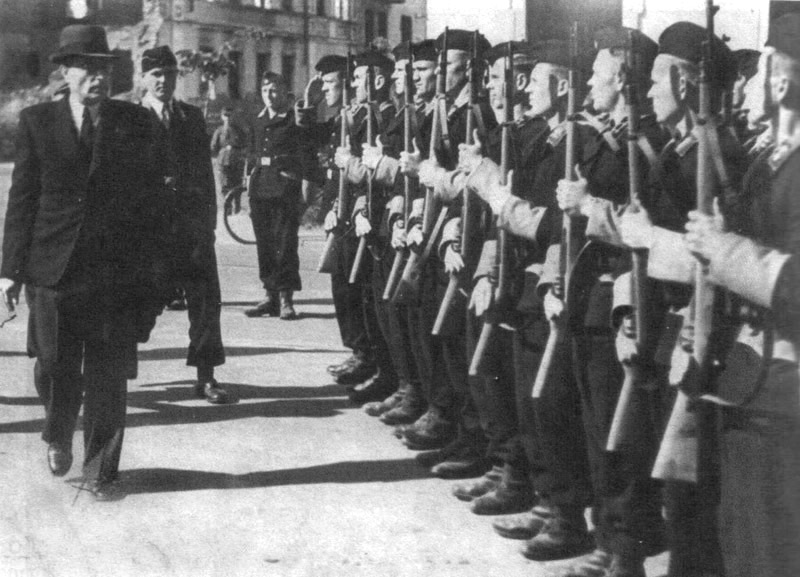
While most citizens of Belarus were acutely aware of the fascist disregard for their very lives, there were also many who felt that the Soviets were hardly any better. Collectivization had stripped many of their property and harsh NKVD operations in previous years had brutalized the independence movement, particularly those who considered themselves more as Poles than Belarusians.
The first military form of pro-Nazi collaborationism during WW2 in Belarus was the Byelorussian Auxiliary Police, a subservient paramilitary force of local collaborators who could more effectively police locals due to their roots in the area. What’s more, their knowledge of locals made them vital to Nazis in uncovering partisans and local Jews who were in hiding. Many had been antisemitic even before the Nazi invasion and simply found themselves ‘let off the chain’, typically actively participating in massacres and even mopping up stragglers after the Einsatzgruppen were done ‘cleansing’ an area. The Nazis aimed for one member for every 100 rural inhabitants, with one for every 300 urban inhabitants. Their numbers were utterly dwarfed by pro-Soviet partisans.
In other cases, collaborators were effectively subsumed into the German army. Far more often this was the case in the likes of Ukraine and among minority groups in Russia who felt they had been experiencing Russian domination. At times, groups of these non-Belarussian Soviet collaborators were moved into Belarus to assist the occupation authorities. Most commonly, these were the ‘Hiwis‘, which could have numbered over a million throughout the course of the war. Some were coerced, in which case they were treated brutally and had less important jobs. Meanwhile, many volunteers were treated almost equivalent to German soldiers. Often, POW’s joined not out of loyalty to the Nazis, but simply to survive.
WW2 in Belarus: 1943
In February of 1943, the Battle of Stalingrad ended with the Soviet forces victorious. After the initial blitzkrieg across the USSR in 1941, a general sense of doom had made many feel that a complete Nazi victory was inevitable. The final collapse of the invading force at this pivotal battle turned these perceptions on their head and newfound morale bloomed. The ranks of partisans in Belarus swelled, not just from newly confident civilians but from defectors to the Nazis defecting right back again! Likely sensing that control of the region was slipping, the Nazis adopted a new tactic to assure support. Both the carrot and the stick were in full force.
The Belarusian Central Council
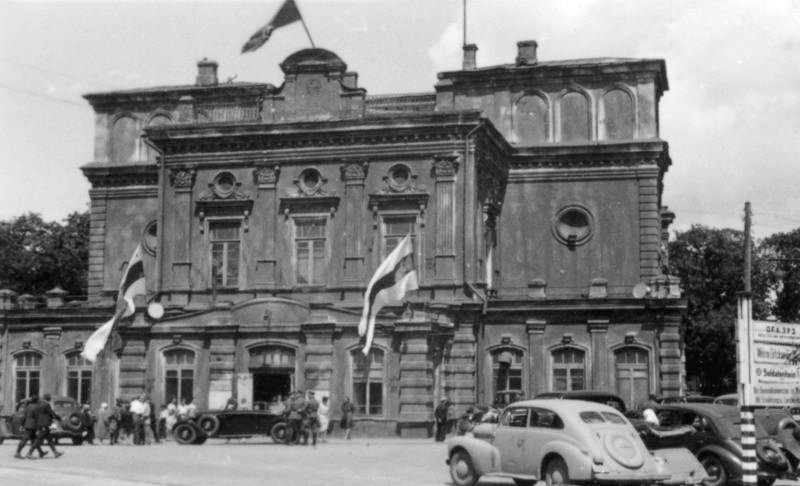
So first, the carrot. When it came to active pro-Soviet Belarusians during WW2 in Belarus, there was simply no way to win them over, especially at this time. But the most consistently either pro-Nazi or nonpartisan actors had always been those advocating for the independence of Belarus. Of course the Nazis never intended for this, they never wanted it and would sooner see everyone there die, but with the Red army gearing up for one hell of a comeback, the Nazi forces were finally convinced to grant the separatists a puppet state.
As you might expect, a puppet state is not the same as an actual independent state. All policies that actually mattered were overseen by the Germans, with Nazis remaining within the territory at all times. Whenever there were attempts to press their pseudo-independence too far, a wave of repression naturally followed. What the Belarusian Central Council actually involved themselves in during WW2 in Belarus was mostly matters pertaining to the local citizens. Culture, education, financing, the economy, etc. All of which was only granted within the narrow framework the Nazis allowed, particularly with resources siphoned off to maintain the army.
Radasłaŭ Astroŭski, a Belarusian citizen, had been a collaborator with the Germans from the very start during WW2 in Belarus. Indeed, he had opposed the Soviets from as far back as the October revolution itself and had lived in Poland until the war. He soon moved to Minsk and due to his record of toadying up to the Nazi authorities, he was made the puppet ruler of this insignificant fiefdom. He supported the brutal, antisemitic policies of the Nazis and fled to west Germany after the end of the war, ultimately immigrating to America where he died in the 1970s, never being brought to justice.
Dirlewanger Brigade
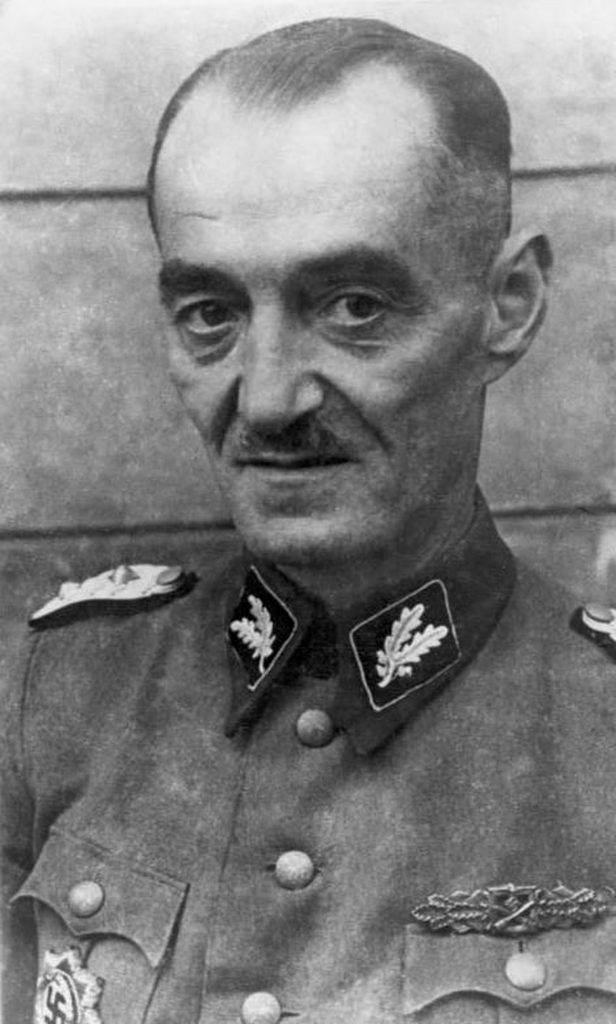
So something I hope we can agree on: The Nazis were pretty fucking brutal and ruthless. No objections? Well as the tide of war turned, it was considered necessary to become even more brutal and ruthless, with reprisals against partisans now commonly involving the complete extermination of entire towns and villages. We can talk of this in the abstract, but I think it’s helpful to look at a case example. The Dirlewanger Brigade has been regarded by many historians as the most brutal and depraved military unit in the whole Nazi army. In 1942, they moved to Belarus. In 1943, they expanded majorly and most notably, eligibility to join was extended to all criminals. Hmm…
So, who the fuck’s Dirlewanger? He’s that freaky looking guy up above, but let’s discuss who he is and what he did. Well, having fought in WW1, he was described in Weimar German police reports as mentally unstable, violent and an alcoholic. In 1934, he was sentenced to two years in prison for crashing a government vehicle while drunk and for raping a 14 year old girl. So already, we’re talking a very different kind of fucked up Nazi to the usual fucked up Nazis. Through a personal friendship with a close associate of Himmler, he was released and enlisted into the SS and fought in the Spanish civil war before later joining the Waffen SS on the eve of WW2.
The initial Dirlewanger Battalion was made up of regular soldiers and poachers, but increasingly began to recruit from criminals and apparently even the ‘mentally insane’. In Poland, they were reviled even by other Nazis for their brutality, frequently raping, torturing and mutilating Jewish civilians while an indifferent SS leadership watched on. In 1942, they were moved to aid WW2 in Belarus where they were assigned to anti-partisan activities. It has been noted that in their initial slaughter of 15,000 ‘partisans’, only 92 members of the brigade were lost, a number of those to friendly fire and alcohol related incidents. It’s hard to explain this as anything other than they had been solely targeting civilians.
The savagery of the Dirlewanger brigade was so extreme that even an SS court was called to investigate, but Himmler refused to budge, even granting medals to the maniac in 1943. The numbers of his brigade began to swell and become even less disciplined, a clear indication that they were intended as a terror unit, not a truly competent military force. During ‘Operation Cottbus’, 20,000 were killed at the cost of just over 50 dead Germans. To give a better indication of how clearly they had just been targeting civilians, when the brigade was transferred to frontline duties in November of 1943, they were nearly wiped out within a month.
WW2 in Belarus: 1944
As 1944 rolled around, the Germans were rapidly losing ground in Russia, slowly drawing back into the borders of Belarus where their armies began a defensive position. Partisans in Belarus by now had seized a number of villages and farms to support themselves and create pockets too dangerous for the Germans to risk attacking. In desperation, by February the Belarusian puppet government was allowed to recruit for its own ‘Byelorussian Home Defence’, in conjunction with the Dirlewanger brigade, to help in the war effort, drumming up about 28,000 in total. It wasn’t nearly enough. With Stalin knocking on their door, it was only a matter of time.
Operation Bagration
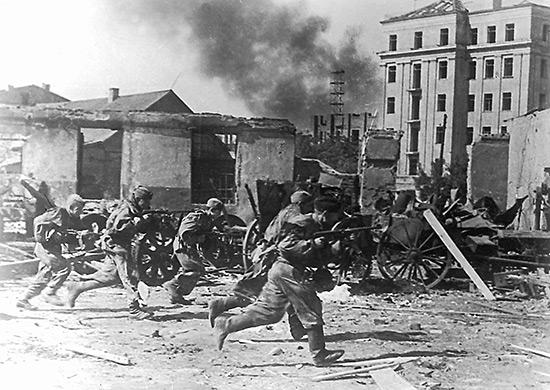
WW2 in Belarus was rapidly coming right back. After conquering the whole territory on a matter of weeks, three years later and it seemed like the reverse could happen. The Soviets prepared for the retaking of territory in what they called ‘Operation Bagration’. In the months leading up to the summer of 1944, partisans were instructed to target German communications and a campaign of deception attempted to divert German forces away from targeted area, as well as to underestimate just how many Soviet troops were mobilized for the operation. On the 22nd of June, Soviet forces surged forth and smashed through Nazi lines.
Multiple cities were encircled and swiftly overrun during the push with massive numbers of Germans being taken prisoner. By the 3rd of July, Minsk itself was penetrated and after a few days of fighting, completely pacified. 100,000 Germans were killed or captured in Minsk proper, with a further 200,000 taken on the way there. The offensive rapidly pushed onwards, smashing the forces of collaborators and driving the fascists back into the Baltics and Poland. By the time Bagration itself had ended and the Soviets moved out of Belarus, total German casualties were 400,000, the greatest loss for the Nazis in the entire war. Soviet casualties numbered 180,000.
On the 16th of July, the first victory parade in the USSR took place, the partisan’s parade in Minsk. 30,000 partisans marched solemnly along with many Soviet officials while a goat named ‘kid’ marched with them, a ribbon covered with Nazi orders. Most of the partisans went on to join the Red Army and continue pressing the fight onwards, outside the scope of this article. With the exception of some ongoing guerrilla warfare, WW2 in Belarus had ended.
Overall Effects of Nazi Occupation
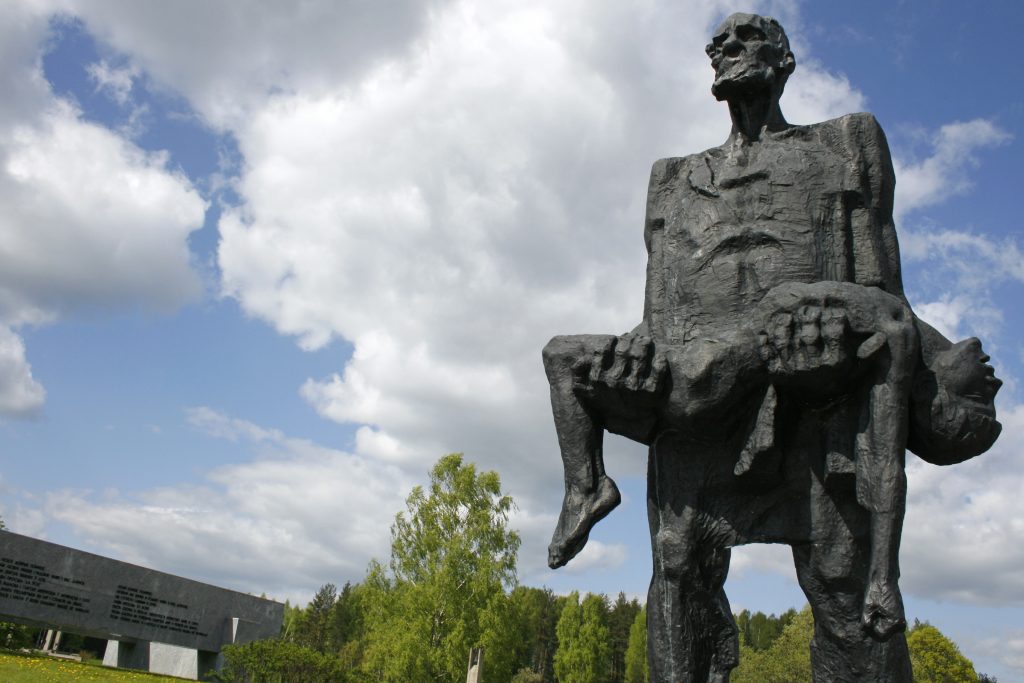
To bring us back up to speed on exactly what happened during these horrific three years, the big thing is that at least a quarter of Belarus was killed. Of the pre-war Jewish population of 375,000 Jews, about 66% had died. Less proportionately than in the Balkans, but this can far more easily be explained by a mass exodus towards Russia in 1941. 380,000 were deported for slave labour and the total reported death toll has ranged from 2.2 million to 3.65 million. Given the chaos and the attempts of the Nazis to cover up their crimes, exact numbers are almost impossible to guess at.
Not all were killed by the savagery of military force or the horror of the gas vans. The ‘hunger plan’ was a deliberate Nazi policy in Slavic occupied territory to depopulate through starvation, while simultaneously supplying the German army. An estimated 4.2 million across the USSR starved to death as a result of this policy, with easily over a million in Belarus alone. For Jews in Minsk, typical caloric intake was 420 calories a day, with many essential produce like fruit, meat, eggs and dairy being disallowed entirely.
An estimated 9,200 settlements in total were destroyed in Belarus over the course of the conflict. Many of these were reprisal killings, where villages were burned with the population massacred to erase them entirely in retaliation for partisan attacks on fascist troops and infrastructure. Further, 209 of 270 cities and towns were destroyed either deliberately or in the course of fighting. This legacy of destruction led to great hardships long into the 50s as reconstruction took place, with WW2 in Belarus leaving a permanent scar on the nation.
Conclusions of WW2 in Belarus
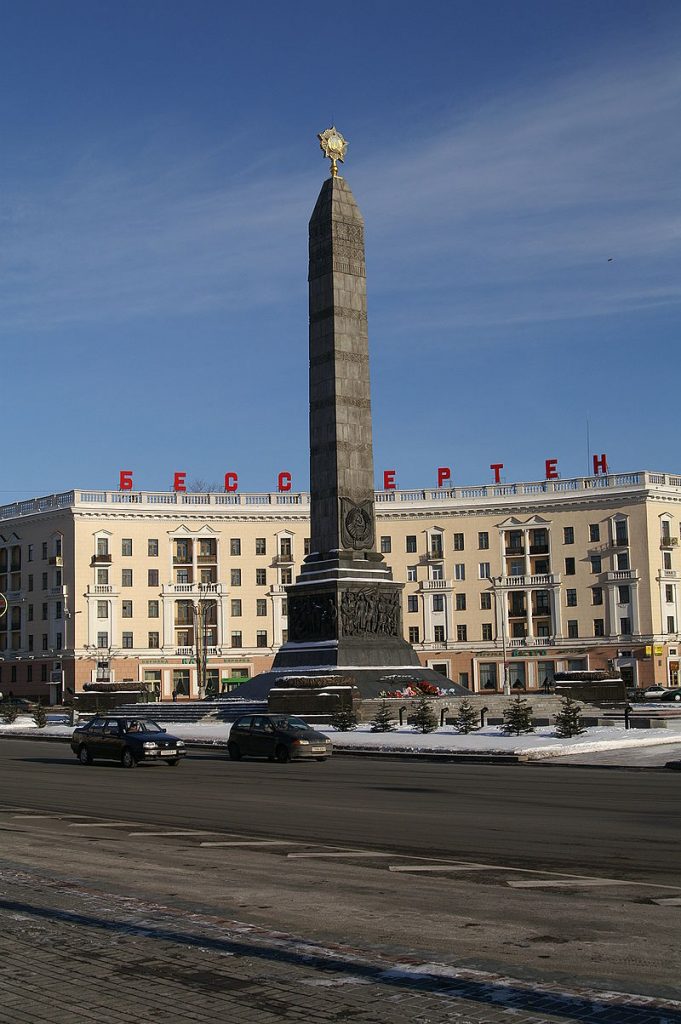
Well, you might notice by now that WW2 in Belarus was pretty goddamn savage. Very far away from the plucky hijinks of the Great Escape or most of what was seen on the western front. Of course everyone knows how awful the Nazis were, but it can be valuable to do a deep-dive into the details of exactly what went down and what would have spread further across the world if they’d won.
Sure enough, Belarus is just one story of many. Millions died across the east in the Nazi invasion and just because the numbers dead in the west were smaller, that doesn’t make them any less victims. The same tragic tales were seen in the far-east with Japanese imperialism subjecting many other countries to similar mass brutality, torture and enslavement.
If you’d like to maybe see a depiction of what WW2 in Belarus was like, we’ve got another article on the Soviet film Come and See! A haunting masterpiece of WW2 cinema. If that isn’t enough, well… You can always book a tour to Belarus as well.

